Explore millions of resources from scholarly journals, books, newspapers, videos and more, on the ProQuest Platform.


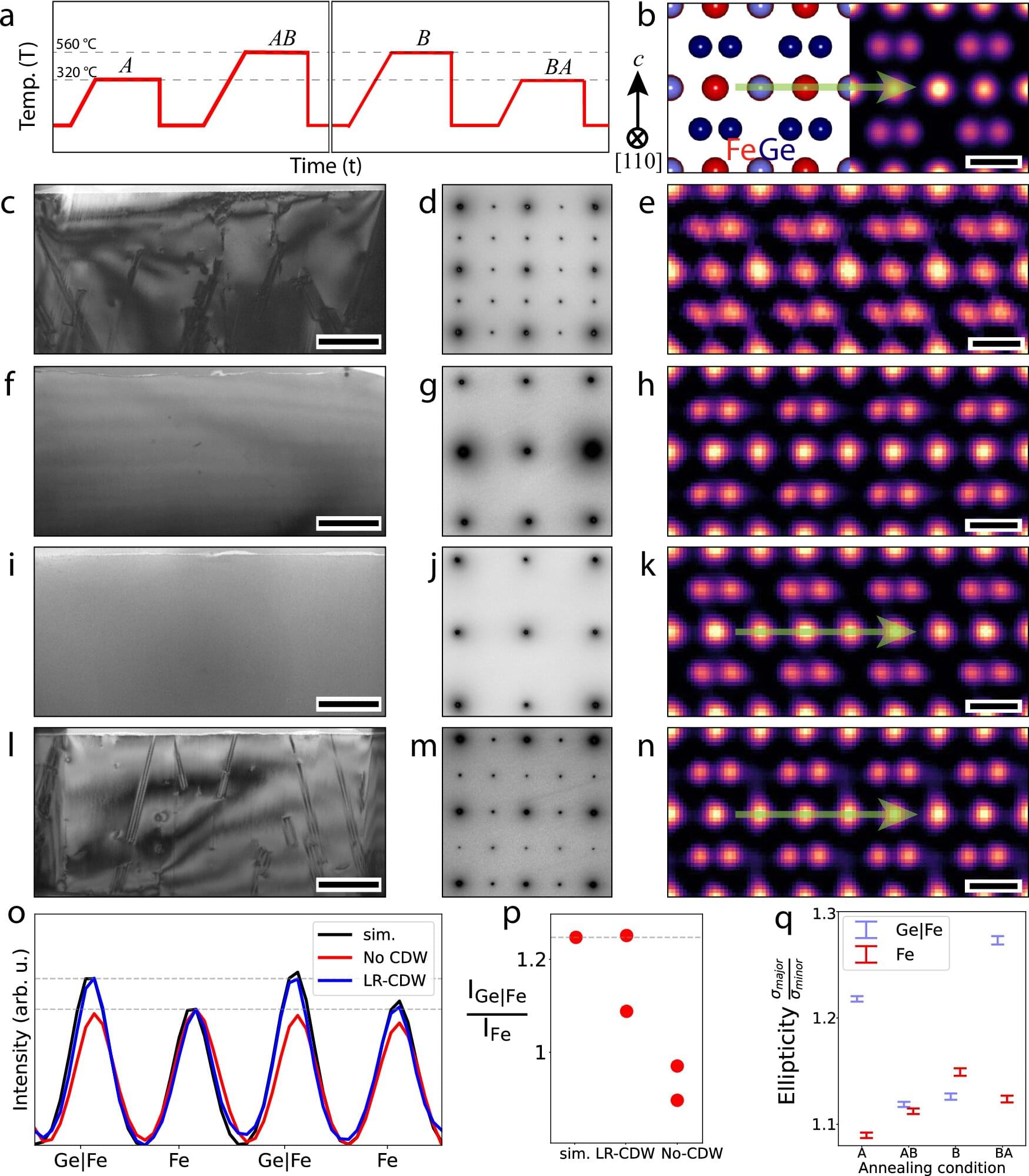
A new study published in Nature Communications April 7 could reshape the future of magnetic and electronic technology. Scientists at Rice University have discovered how a disappearing electronic pattern in a quantum material can be revived under specific thermal conditions. The finding opens new doors for customizable quantum materials and in-situ engineering, where devices are manufactured or manipulated directly at their point of use.
Led by Pengcheng Dai, the Sam and Helen Worden Professor of Physics and Astronomy, the researchers uncovered the cause behind a vanishing electronic phenomenon in a class of crystalline materials known as kagome lattice, a geometric arrangement of corner-sharing triangles named after a traditional Japanese basket pattern.
This discovery reveals how heating methods impact the presence of a charge density wave (CDW), a quantum pattern of electron arrangement, in the kagome metal iron germanide (FeGe). It also demonstrates how its reappearance enhances magnetic and electronic properties.
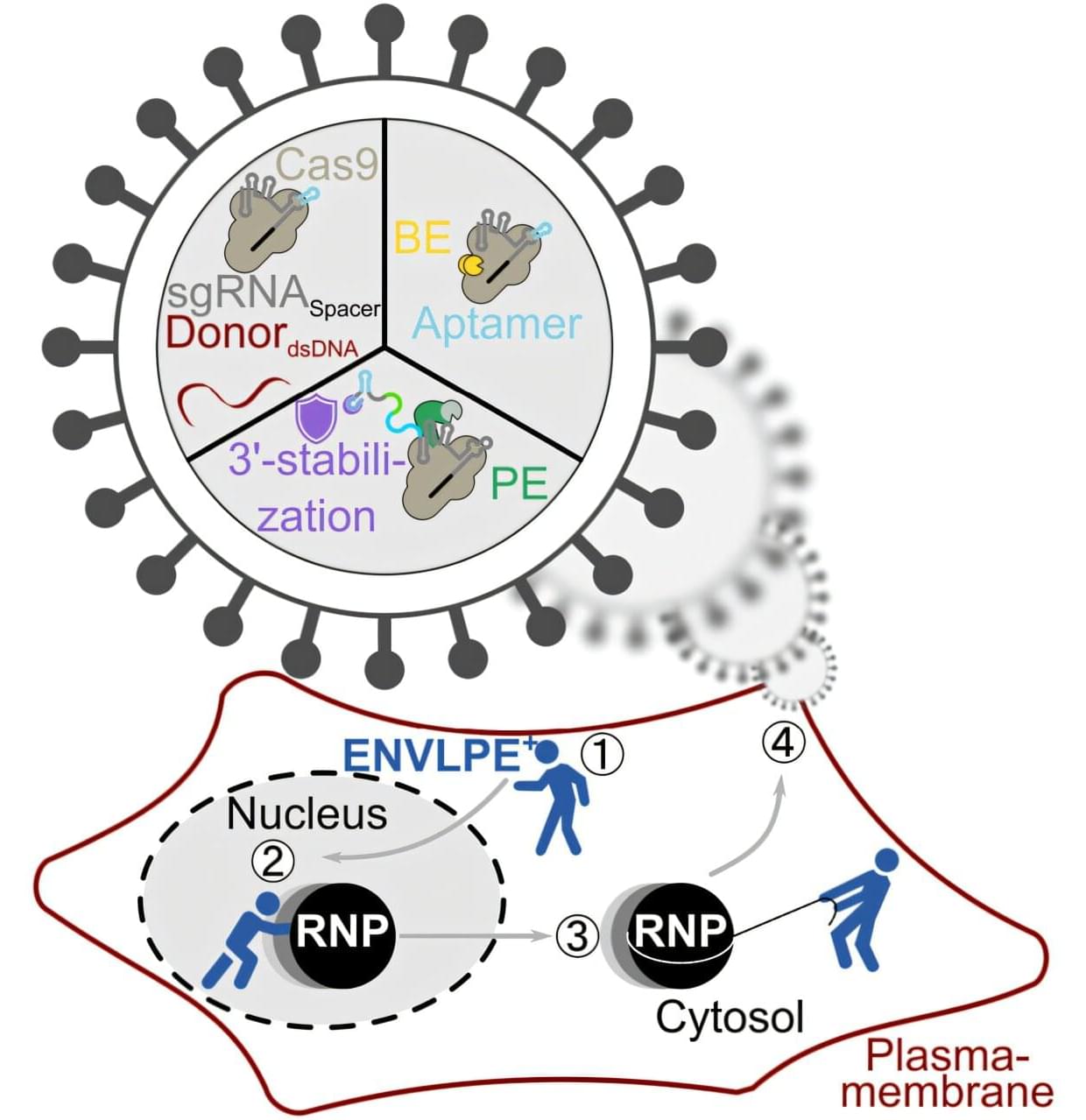
A research team from Helmholtz Munich and the Technical University of Munich has developed an advanced delivery system that transports gene-editing tools based on the CRISPR/Cas9 gene-editing system into living cells with significantly greater efficiency than before. Their technology, ENVLPE, uses engineered non-infectious virus-like particles to precisely correct defective genes—demonstrated successfully in living mouse models that are blind due to a mutation.
This system also holds promise for advancing cancer therapy by enabling precise genetic manipulation of engineered immune cells, making them more universally compatible and thus more accessible for a larger group of cancer patients.
The work is published in the journal Cell.
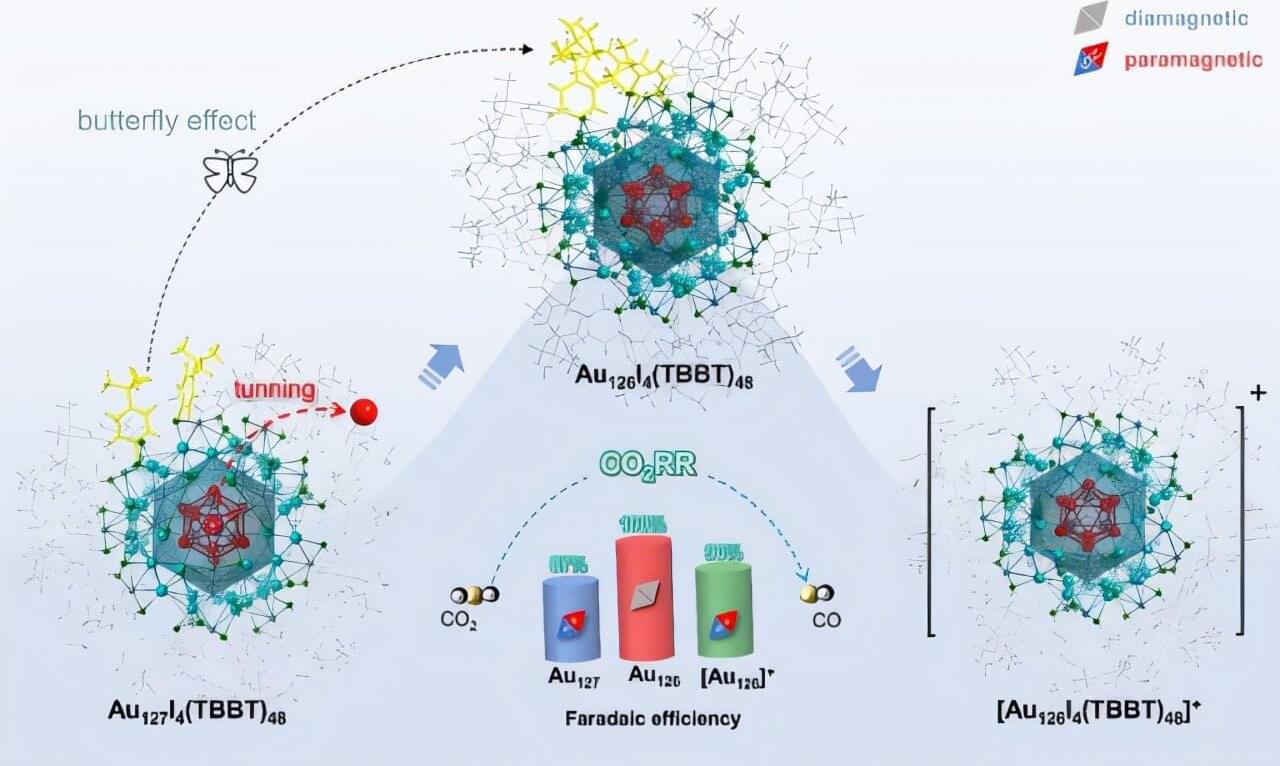
Recently, a team of researchers from the Hefei Institutes of Physical Science of the Chinese Academy of Sciences (CAS) consecutively removed the innermost atom and the outermost electron of a gold nanoparticle—without disturbing its overall structure. This precise manipulation allowed them to probe how the magnetic spin of the material influences its catalytic activity.
The work, led by Prof. Wu Zhikun in collaboration with Prof. Yang from the Institute of Process Engineering, CAS and Prof. Tang from Chongqing University, was published in Science Advances.
Gold nanoclusters—tiny particles composed of from a few to hundreds of gold atoms —are ideal models for studying how atomic structure affects material properties. But tuning the structure of such clusters atom by atom, especially when they’re relatively large and complex, has long been a major challenge.
I wish for all òf us we the living and we that’s yet to be.
Welcome to Utopia—a serene fusion of nature and futuristic living, where elegant umbrella-shaped homes glow beneath a starry sky. Let the soothing ambient music weave everything into harmony, guiding you into pure tranquility.
Welcome to my channel. I make calm cinematic background ambient music in various forms: cyberpunk sleep music ambient, future city chill music, ambient for deep sleep, ambient for relaxation and meditation, music for focus and relaxation, future city ambient, chill cyberpunk ambience.
Please, help me grow the channel by liking, sharing and commenting 🙏
#scifimusic #sleepmusic #deepmusic #space #futurecity #ambientmusic #scifiambient #naturemusic #ambientmusic
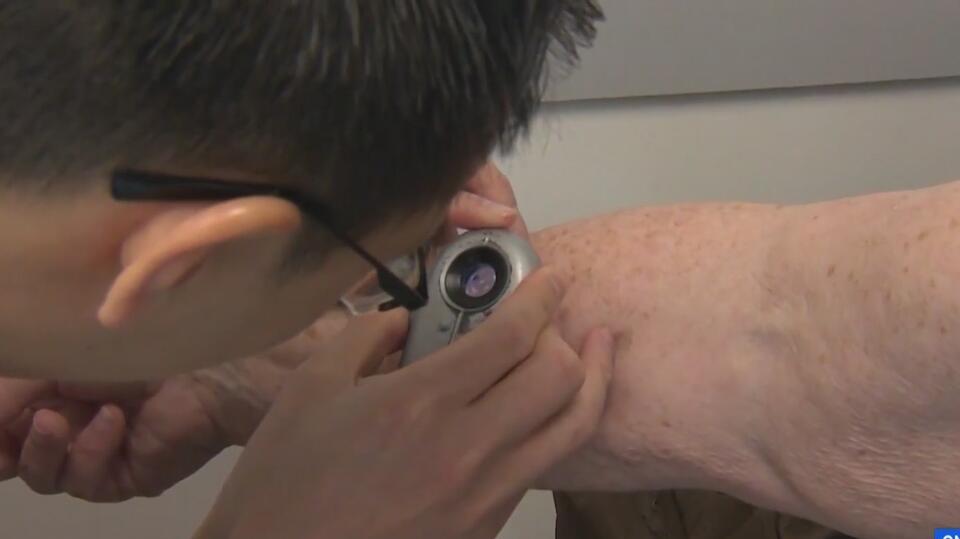
Health care providers can use small devices to hover over moles or lesions and immediately check for common skin cancers, such as melanoma and basal cell carcinoma.
The most significant benefit is that health care professionals who do not specialize in dermatology could perform these checks during a routine visit, making early detection easier and quicker.
Skin cancer is the most common form of cancer in the United States, with one in five Americans expected to be affected in their lifetime, according to the City of Hope Cancer Center.


For generations, sailors around the globe have reported a mysterious phenomenon: Vast areas of the ocean glow steadily at night, sometimes for months on end. The light is bright enough to read by and is oddly similar to the green and white aura cast by glow-in-the-dark stars that have decorated children’s rooms. Stretching over ocean space as broad as 100,000 square kilometers, the light can, at times, even be seen from space.
This rare bioluminescent display was coined by sailors as “milky seas.” Despite being encountered for centuries, scientists still know very little about what causes this glowing effect because they are quite rare—they usually occur in the remote regions of the Indian Ocean, far from human eyes. A likely theory is that the glow comes from activity by a luminous microscopic bacteria called Vibrio harveyi.
To better predict when milky seas will occur, researchers at Colorado State University have compiled a database of sightings over the last 400 years.
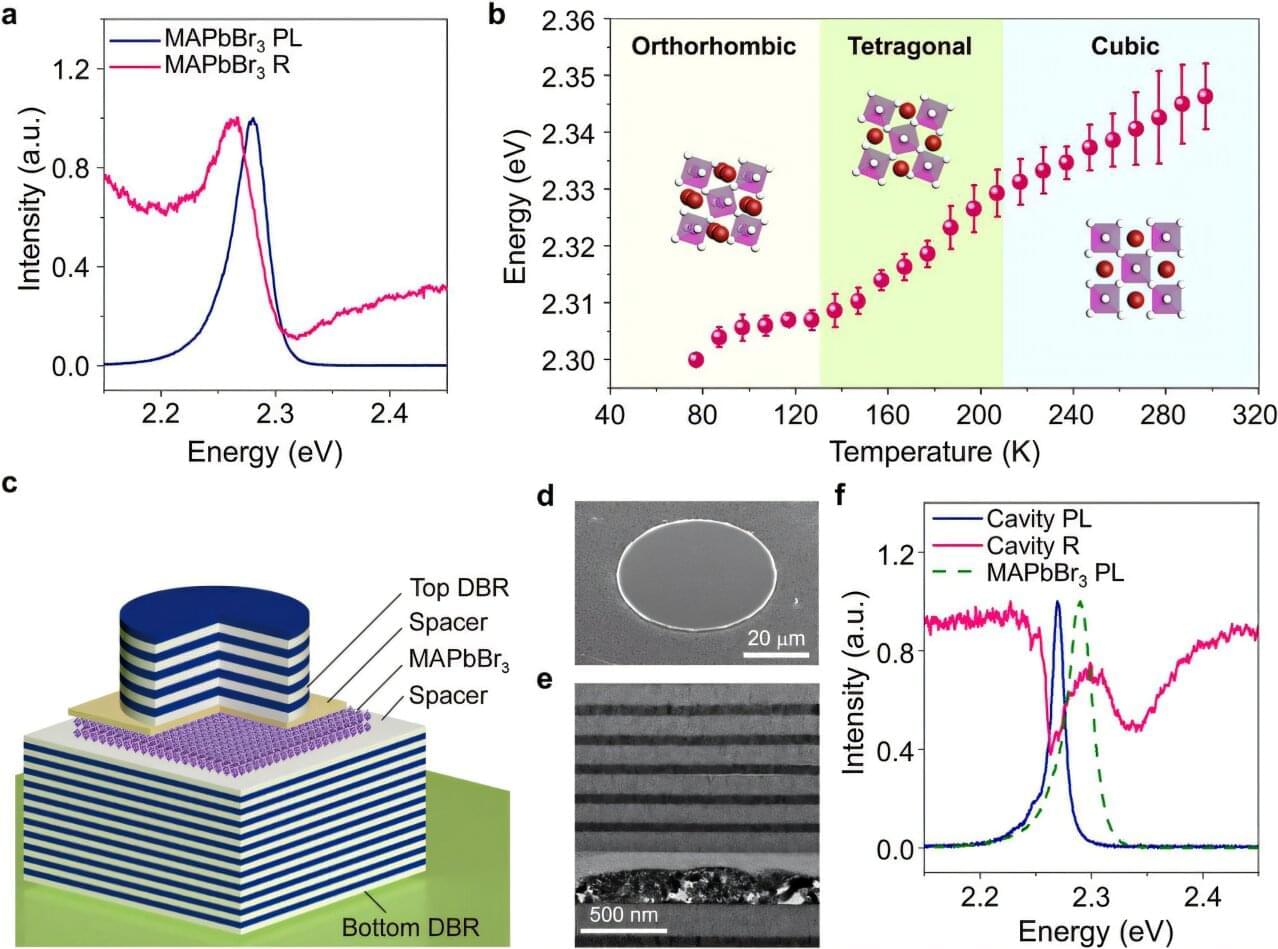
A research team has successfully fine-tuned the Rabi oscillation of polaritons, quantum composite particles, by leveraging changes in electrical properties induced by crystal structure transformation. Published in Advanced Science, this study demonstrates that the properties of quantum particles can be controlled without the need for complex external devices, which is expected to greatly enhance the feasibility of practical quantum technology. The team was led by Professor Chang-Hee Cho from the Department of Physics and Chemistry at DGIST.
Quantum technology enables much faster and more precise information processing than conventional electronic devices and is gaining attention as a key driver of future industries, including quantum computing, communications, and sensors. At the core of this technology lies the ability to accurately generate and control quantum states. In particular, recent research has been actively exploring light-based quantum devices, with polaritons at the center of this field.
Polaritons are composite quasiparticles formed through the hybridization of photons and excitons—bound states arising from the motion of electrons. These quasiparticles travel at the speed of light while retaining the ability to interact with other particles, much like electrons.
Stanford Medicine scientists have rebuilt, in laboratory glassware, the neural pathway that sends information from the body’s periphery to the brain, promising to aid research on pain disorders.